
- Acne
- Actinic Keratosis
- Aesthetics
- Alopecia
- Atopic Dermatitis
- Buy-and-Bill
- COVID-19
- Case-Based Roundtable
- Chronic Hand Eczema
- Chronic Spontaneous Urticaria
- Drug Watch
- Eczema
- General Dermatology
- Hidradenitis Suppurativa
- Melasma
- NP and PA
- Pediatric Dermatology
- Pigmentary Disorders
- Practice Management
- Precision Medicine and Biologics
- Prurigo Nodularis
- Psoriasis
- Psoriatic Arthritis
- Rare Disease
- Rosacea
- Skin Cancer
- Vitiligo
- Wound Care
Publication
Article
Dermatology Times
How to Have a Proper Presence on Social Media
Author(s):
Tips on growing your practice.
Karan Lal, DO
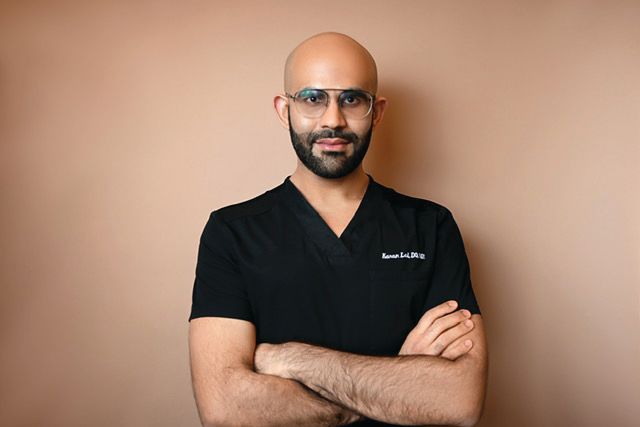
Social media is a necessary evil. We live in a time in which patients look to social media platforms to learn information, self-diagnose, and self-triage. It has been reported that there were 302 million users on social media in 2022.1 Not to mention, medicine is in part a business and social media is a form of free advertising. According to Statista’s data as of January 2022, the top 6 most popular social media platforms for business are Facebook, YouTube, Instagram, LinkedIn, Twitter, and TikTok.2
Skin care in particular is a popular search category on these platforms. Other than dermatologists, makeup artists, influencers, physician assistants, nurse practitioners, and aestheticians have become skin experts. What does this mean? Messages and lines are being blurred. There are just as many non-dermatologists as there are dermatologists on social media being paid by industry to discuss and recommend certain products. Why? Because followers and engagement are proportional to reach. What does this mean for you? You should be on social media. Around 1 in 5 of my patients comes from direct social media platforms and this is important. This self-selection bias attracts patients that align with your personality, areas of expertise, and style.
Social media tips and tricks:
1. Pick 1 or 2 social media platforms that you can handle.
Unless you have a marketing team, it can be hard to manage many accounts. Some platforms like Facebook, Instagram, and TikTok have interfaces that let you share information and posts. This will not only increase your reach but will also prevent you from being redundant.
2. Be authentic.
The best advice I have learned from social media experts such as Dr Anna Guanche is to be authentic. You want to attract patients who will like you for who you are. Do not put on a show if that isn’t you because your patients will have expectations that you may not be able to meet. For example, I can’t do TikTok dance challenges and they don’t seem as fun when I do them so I don’t anymore because they weren’t me.
3. Toot your own horn.
There are many types of patients and patients want to find someone who can help them. For example, I am a double board-certified pediatric and cosmetic dermatologist and I identify as a skin-of-color expert and perform many facial and body contouring procedures. In turn, this has shifted my reach to include those types of patients and many of my social media referrals come for concerns related to skin of color or cosmetic facial and body contouring.
4. Engagement matters.
There are many algorithms to measure engagement on various social media platforms. Don’t be a voyeur—post! You want to aim to post 3 to 5 times a week. Reels on Instagram, for example, are videos that can be uploaded to educate or show procedures. Keep them short (less than 1 minute) to keep the attention of followers. Using reels will get you more reach than a regular post would. Part of this comes from using hashtags. Using hashtags like #skin, #skincare, #dermatologist, #skincaretips can help you get more followers and, in turn, engagement.
5. Think about the trolls before you post.
For every 1 follower there are likely 10 social media trolls that will try to target you. Even some of the best social media dermatologists have been targeted. Simple ways to avoid targets: Do not post any pictures or videos with alcohol, do not post any pictures of you in attire that would be considered unprofessional or questionable, do not post about politics or religion, do not use music with profanity, and, lastly, remember not everyone will be your fan, but the goal is to avoid a complaint to the medical board. Complaints to the medical board have occurred from social media posts. You can be reported for unprofessionalism. If you wouldn’t do it in front of a patient, don’t post it.
6. Follow your dermatology colleagues and participate in trends.
You will notice popular dermatologists post on topics every so often that get thousands of views. This means a post is trending and then you will see other dermatologists make videos about those topics. You, too, should jump on the bandwagon and post on trending topics. Be sure to tag the person who inspired you as you may get a share, which will increase your reach.
7. Protect yourself.
Make it clear that your page is not for providing medical advice. You will get questions from people about their clinical conundrums but just be mindful that giving out medical advice may deem you liable. Be kind and let your followers know you cannot and do not give medical advice on social media because it is not fair to them and their complaint.
8. Consent.
It is very easy to violate Health Insurance Portability and Accountability Act (HIPAA) using social media. We all love posting successful patient outcomes so we can help others; however, be sure that you obtain the appropriate social media consent form. Even then, social media consent can be revoked at any time, but this does not guarantee that what is out there is 100% retrievable. Be sure to educate your patients about that risk.
9. Watermark your pictures.
There are plenty of thieves. If you do not watermark your photos someone may use them as their own and advertise with them. I have seen it and it has happened to me. It is best to avoid the problem from the get-go.
10. Boost a post from time to time.
If you have a business and you are trying to boost your page views, you can do so through paid ads. You can set a budget according to a certain time period, and Instagram, for example, will boost and spread your post to viewers like you. This can help grow your following and business.
Whom else should I be following?
As a board-certified dermatologist, you should be an advocate for yourself and your specialty. I recommend everyone follow @aadmember, @asdsmembers, and @societypedsderm on Instagram! These pages are full of valuable information, resources, and opportunities to get more involved. They also post information about advocacy and good tips for patient handouts.
How important is your presence?
You will see a ton of misinformation on social media. This includes non-dermatologists bashing Accutane or discussing the dangers of sunscreen and its association with vitamin D deficiency. We all get angry and upset when we see these types of posts. I know physicians who were reported to their medical boards for discussing the benefits of Accutane. Simply put, you cannot and won’t please everyone. I recommend you make informational videos with facts as these can help combat much of the misinformation that exists. It is not wise to be confrontational because it will not achieve anything. Tag other dermatologists and motivate them to make videos stating the facts and this will improve the overall reach. There is power in numbers. One of my social media mentors, Dr Ronda Farah, said if every dermatologist made an Instagram or TikTok and posted even once a week, our reach would exponentially increase and that would put dermatologists at the forefront of skin care. Another piece of advice: Do not be a part of the problem. We have to accurately depict our specialty. A lipoma excision, for example, does not take 3 minutes as depicted in videos. This does not account for preparation, consultation, cleansing, consent, the procedure, and aftercare. People have questioned our reimbursement because of inaccurate posts on social media. I recommend you be mindful of what you post and its implications to our specialty.
If you have any questions, please give me a follow @sirdermzalot on Instagram and I am glad to help!
References
- Top 6 most popular social media platforms in 2022. LinkedIn. September 25, 2022. Accessed October 18, 2022. https://www.linkedin.com/pulse/top-6-most-popular-social-media-platforms-2022-louise-savoie
- Most popular social networks worldwide as of January 2022, ranked by number of monthly active users. Statista. Accessed October 18,2022. https://www.statista.com/statistics/272014/global-social-networks-ranked-by-number-of-
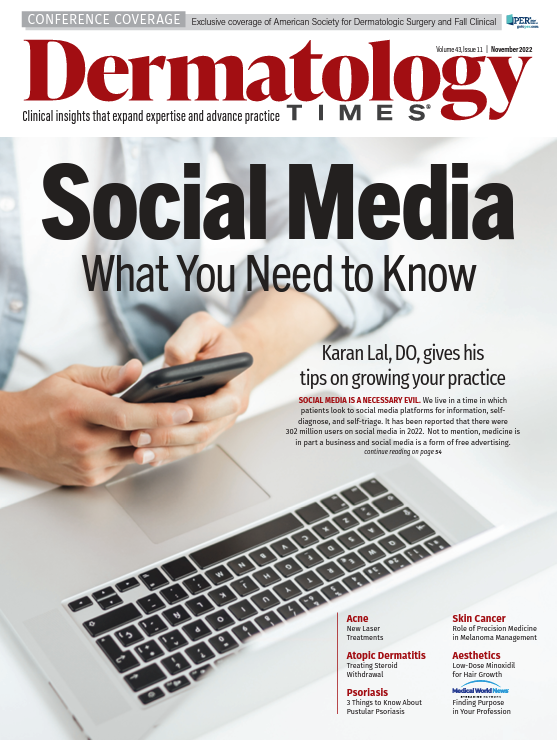
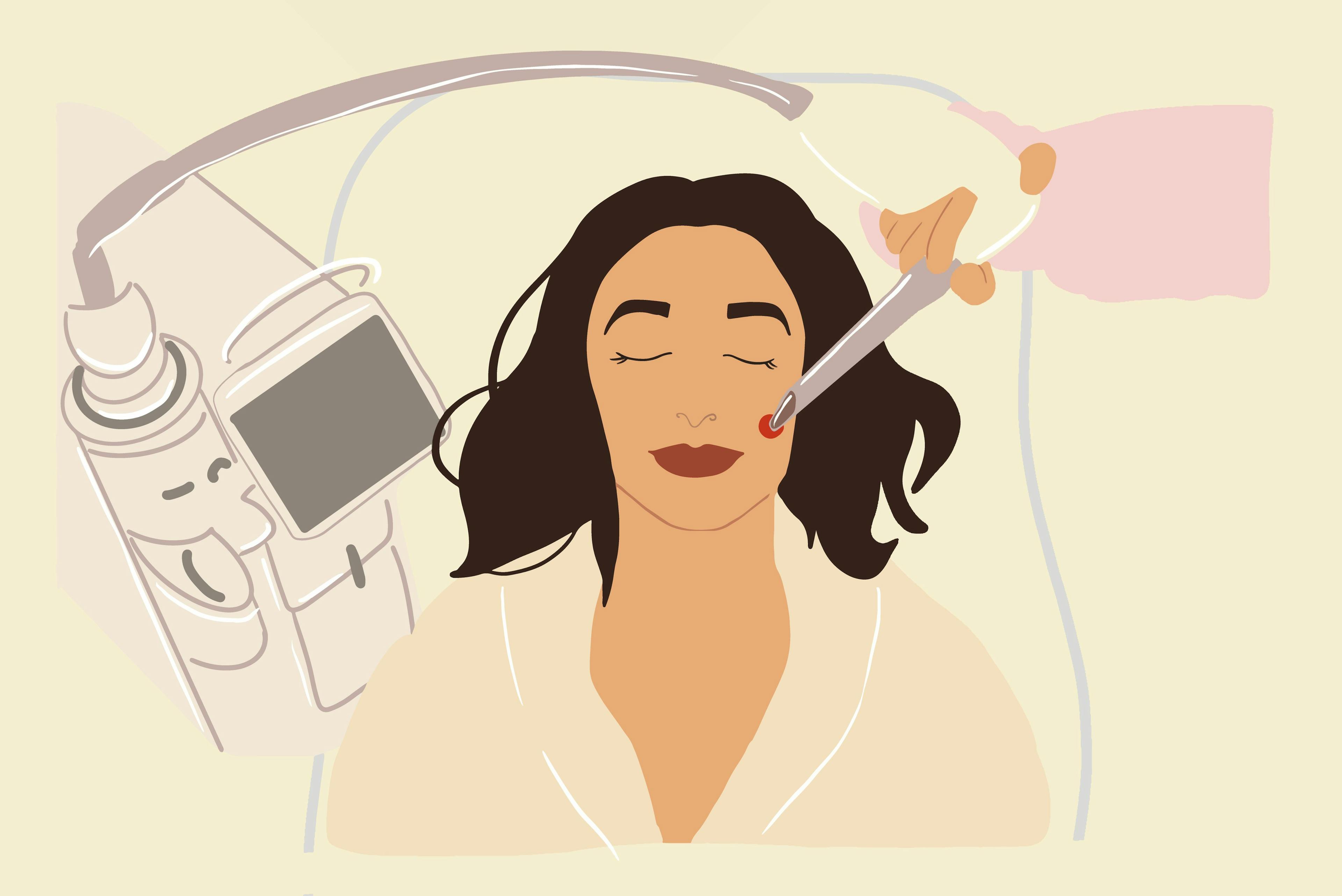
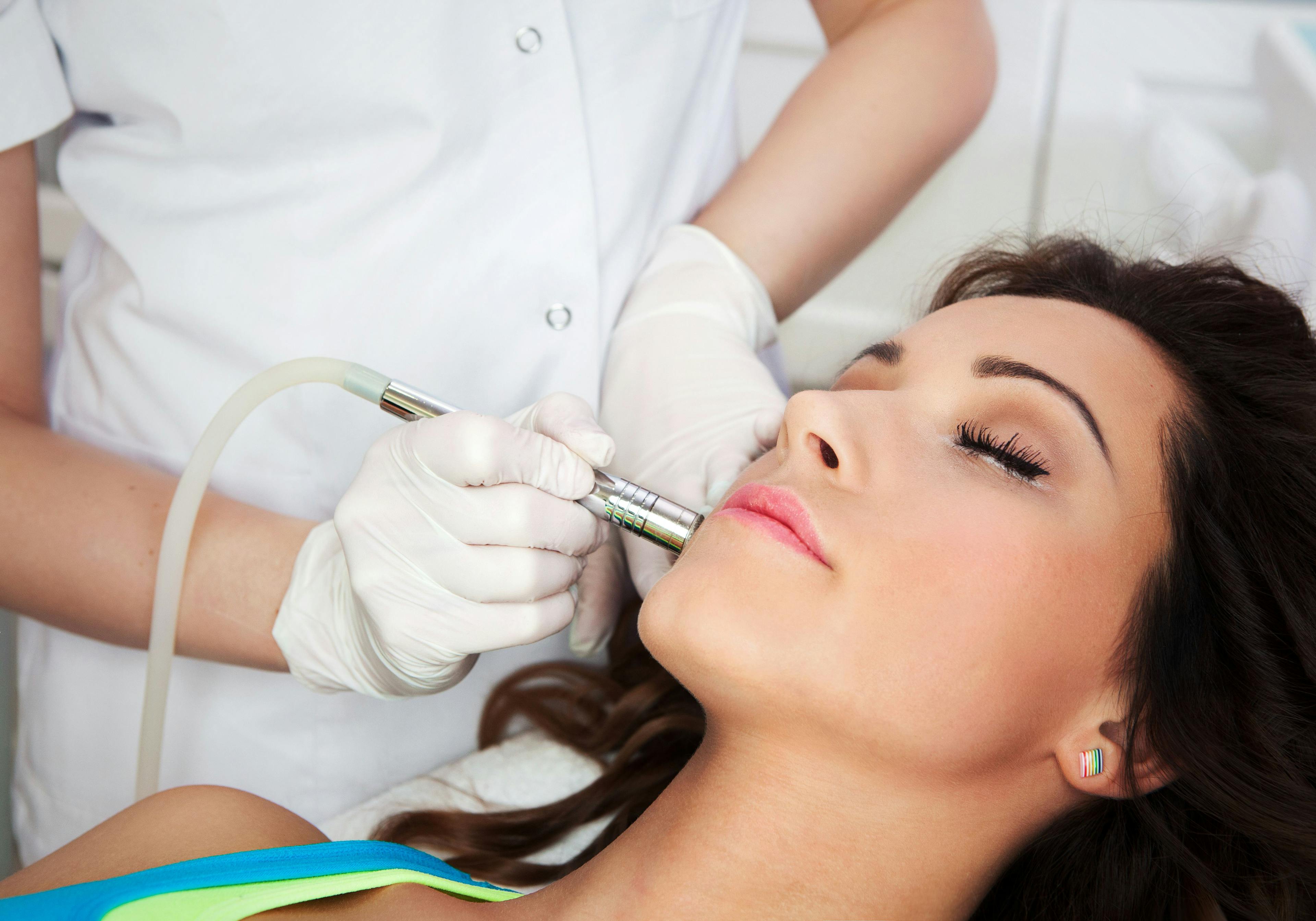




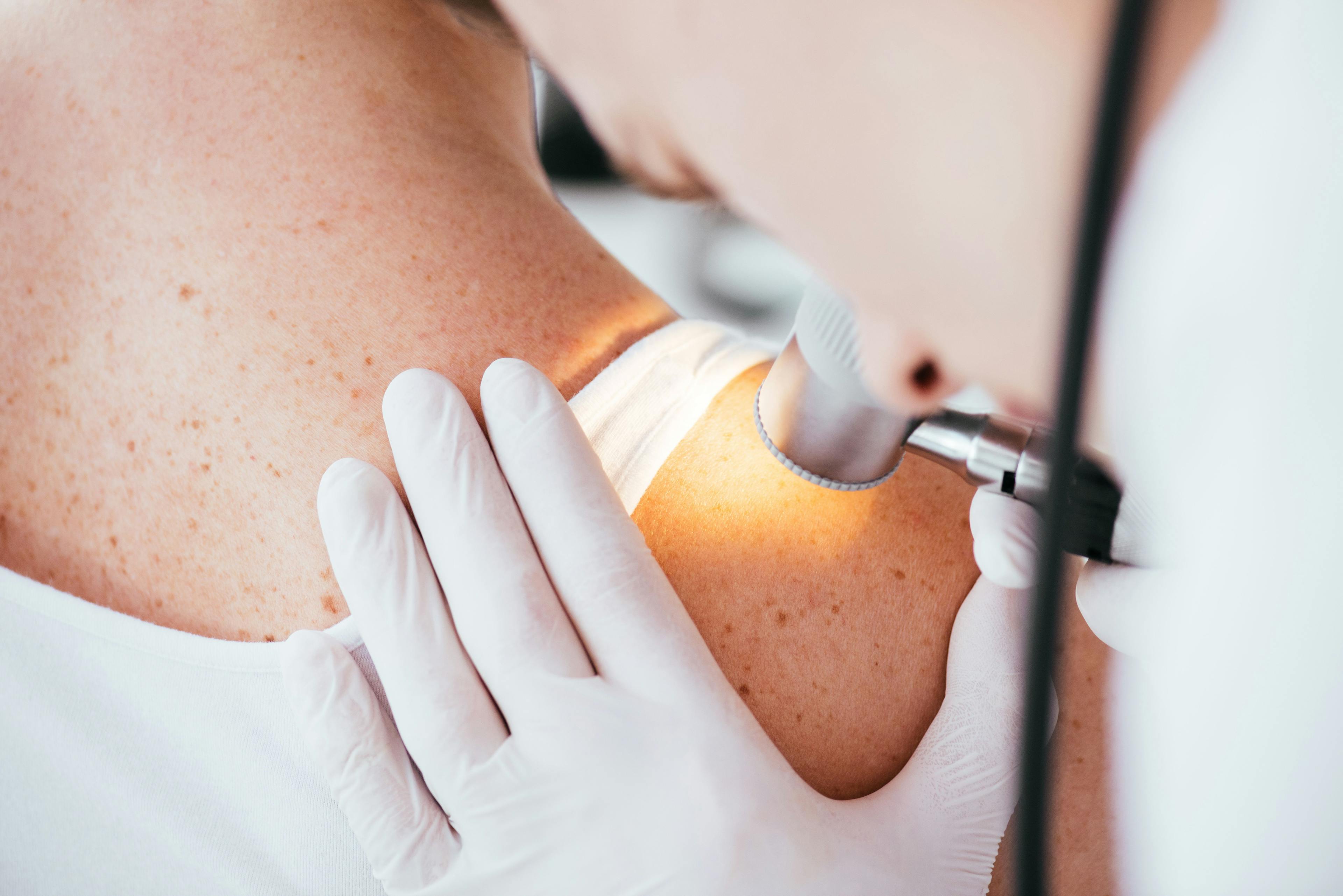
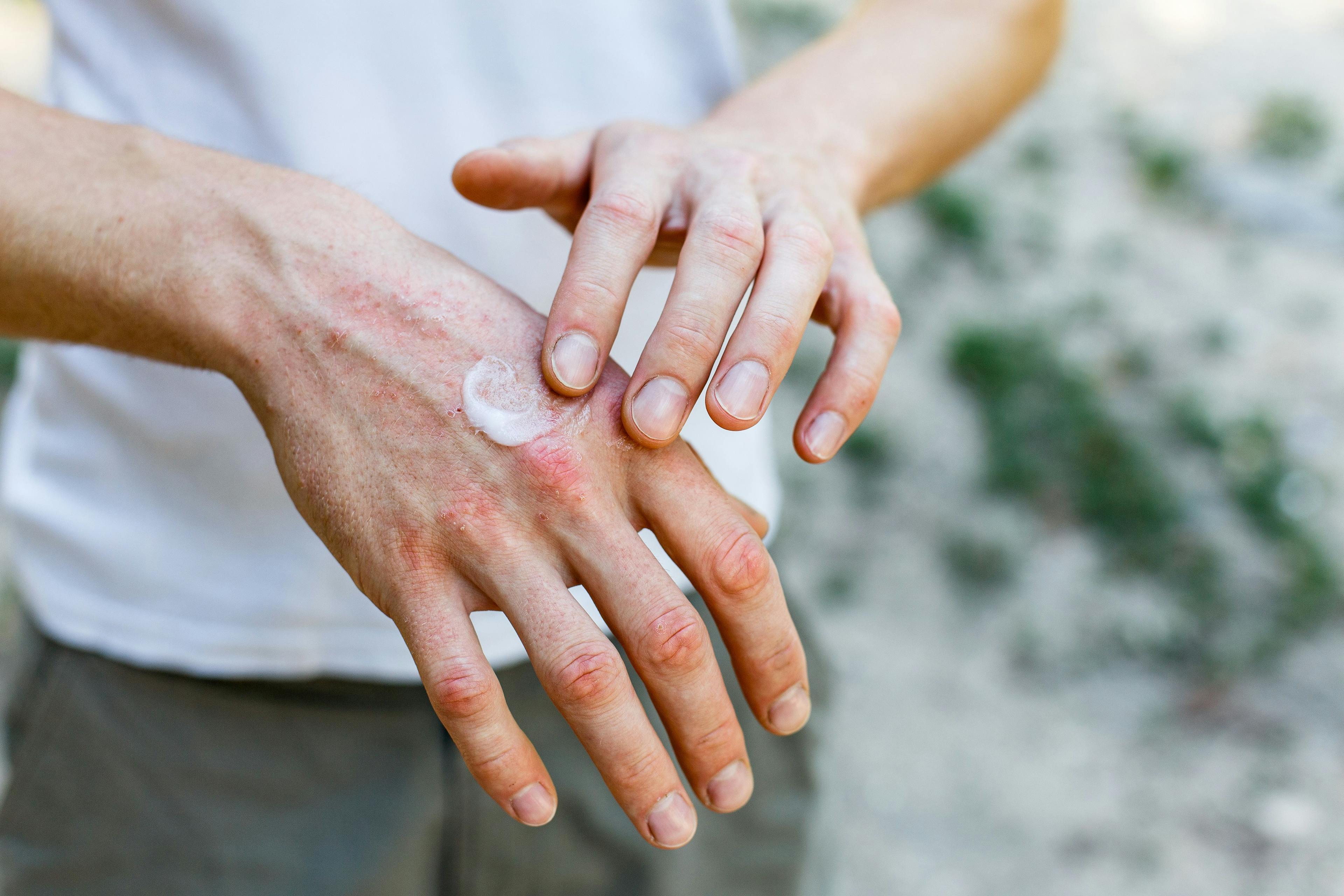




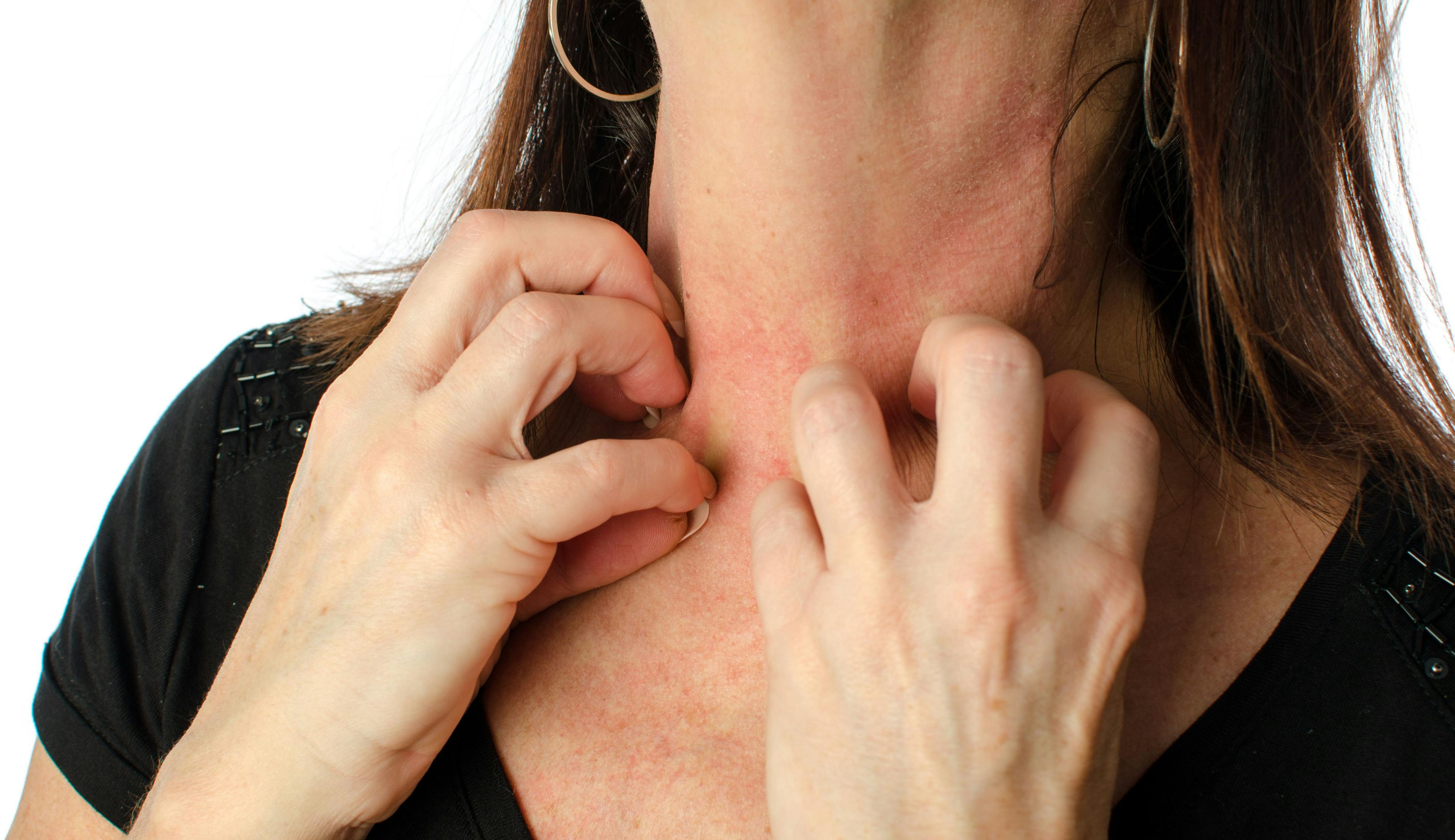
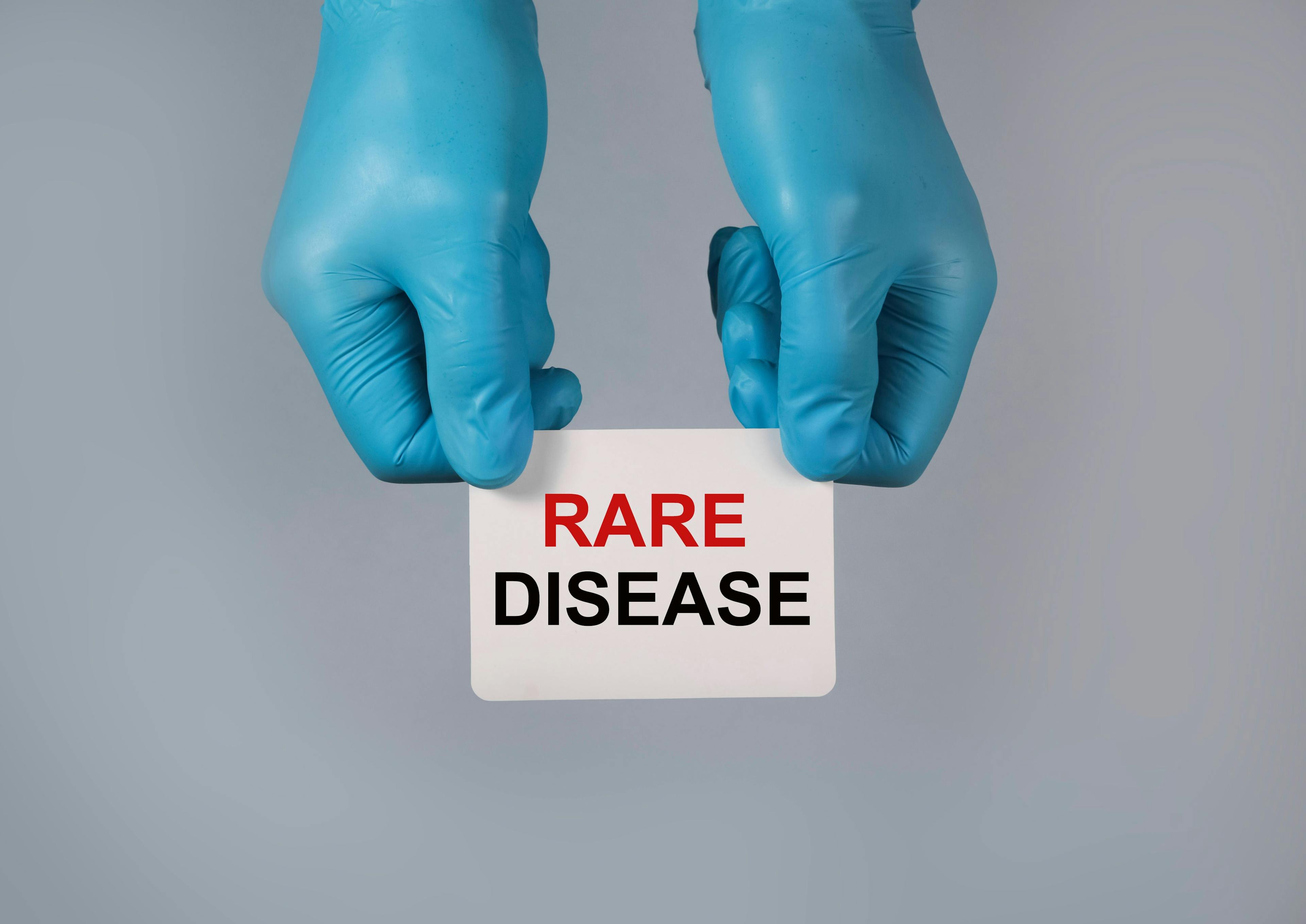

Newsletter
Like what you’re reading? Subscribe to Dermatology Times for weekly updates on therapies, innovations, and real-world practice tips.










Rare Autoimmune Disorder Linked With Increased Risk of Certain Skin Cancers
Electrotrichogenic Niostem Device Promotes Hair Growth in Men with Androgenetic Alopecia
OCT and D-OCT Imaging Reveal Distinct Vascular and Dermal Patterns in Skin Photoaging Phenotypes
Guselkumab Effective in Real-World Korean Psoriasis Study
2 Commerce Drive
Cranbury, NJ 08512
All rights reserved.





